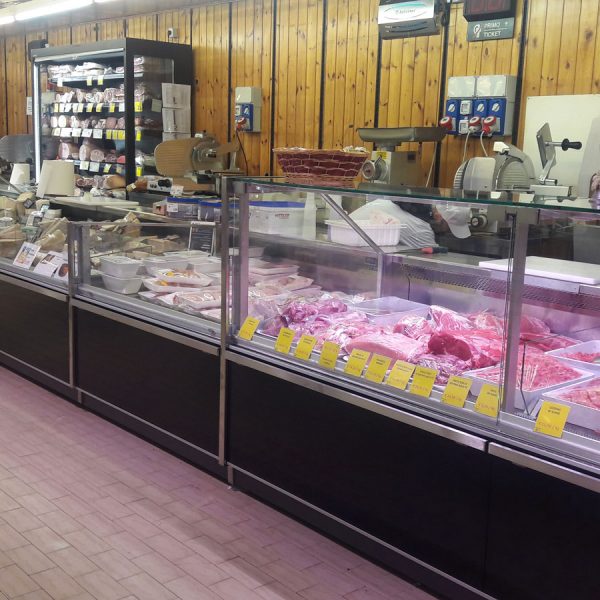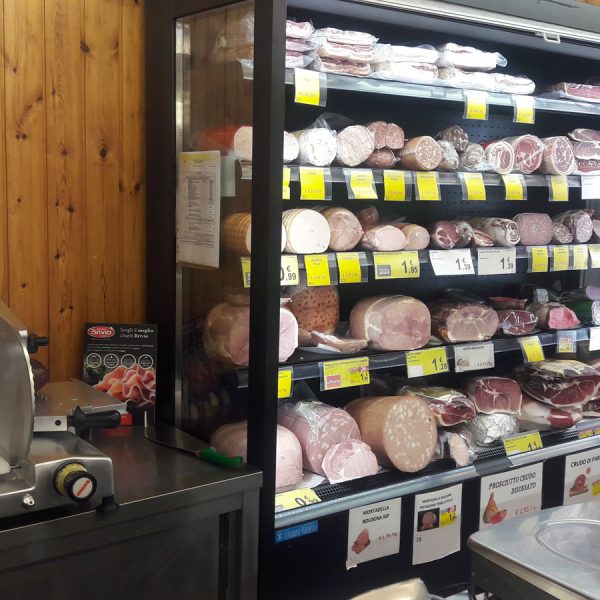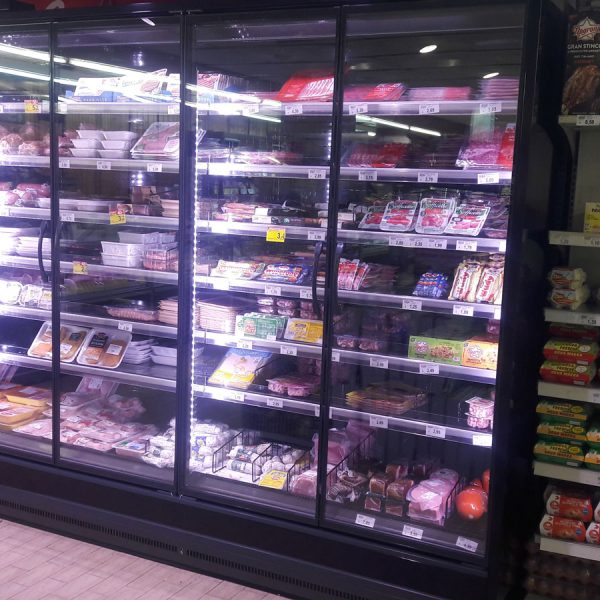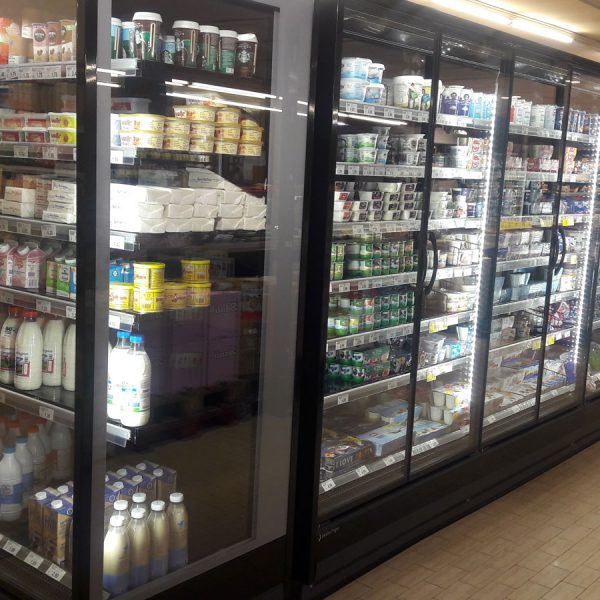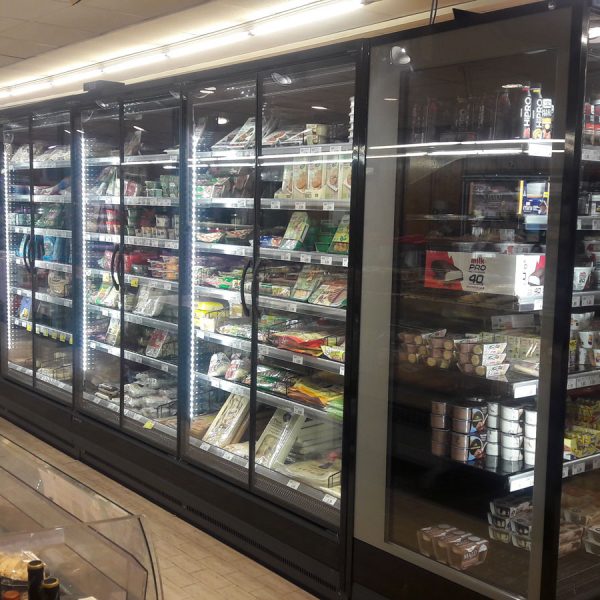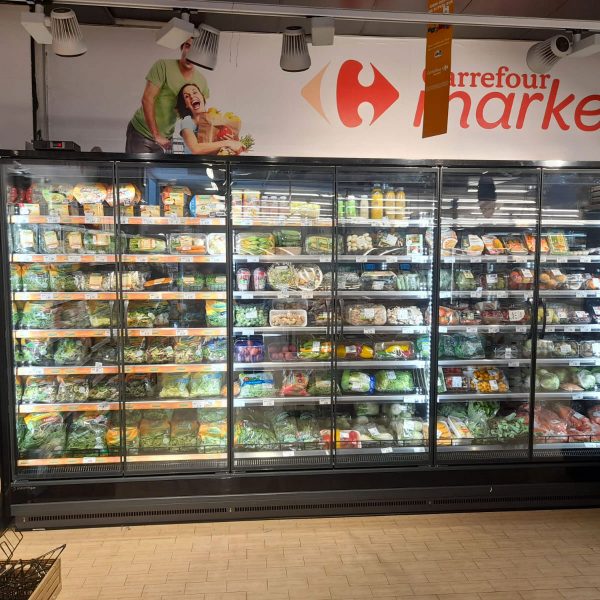
The R454C refrigerant gas is a low GWP (146) a HFO refrigerant, the fourth generation of fluorine-based gases, compliant with the F-Gas and Ecodesign regulations. It is particularly suitable for low and medium temperature commercial and industrial refrigeration systems.

